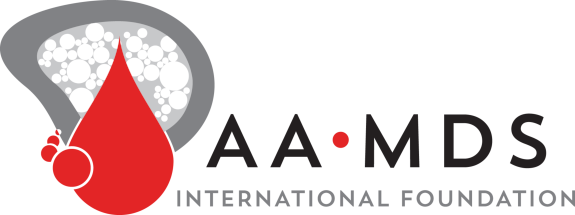We retrospectively analyzed a large international cohort of 1113 patients with aplastic anemia to evaluate treatment choice and outcome in elderly patients as compared with a younger population. Overall, 319 (29%) patients were > 60 years old at diagnosis (60-64 years (n = 85), 106 65-69 years (n = 106), and 128 > 70 years (n = 128)). Elderly patients showed a more severe thrombocytopenia at onset and a significantly lower overall response (complete plus partial) to first-line therapy at 6 months as compared to younger patients (47% vs. 65%, p < 0.0001), irrespective of treatment modality (ATG or CyA combinations, eltrombopag, or androgens); 27 (8%) received transplant as second line therapy and 11 (41%) died, mainly due to transplant complications. The rate of evolution to MDS was greater in elderly patients (12% vs. 7% in younger AA, p = 0.002), whilst the rate of evolution to AML was similar (1.8 vs. 1.3%). By multivariable analysis, older age remained the main factor associated with mortality [HR 1.64 (95% CI 1.5-1.7), p < 0.001], followed by disease severity by Camitta classification [HR 2.24 (95% CI 1.6-3.1) for severe AA; HR 3.8 (95% CI 2.4-6) for very severe AA], and male gender [1.45 (95% CI 1.1-1.8), p < 0.001]. In this large study, elderly AA was associated with inferior outcome even in the TPO-RA era, highlighting the need for further optimization of clinical management.
❄️ Give the Gift of Answers, Support, and Hope ❄️
Please make a donation to the Aplastic Anemia and MDS International Foundation this holiday season.

